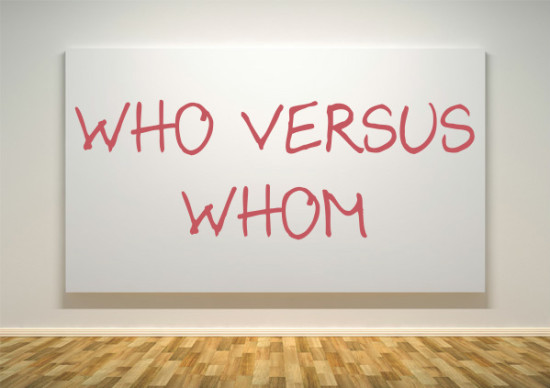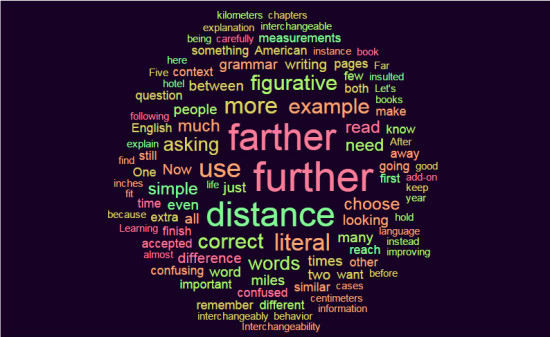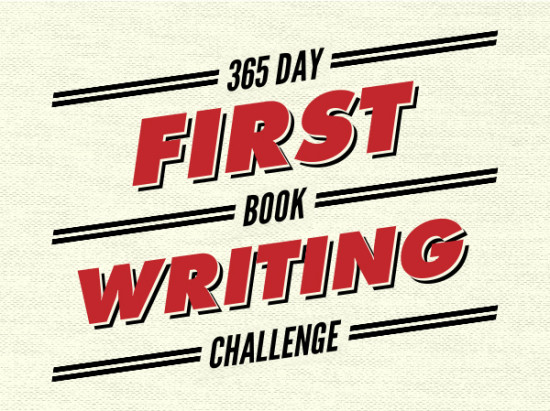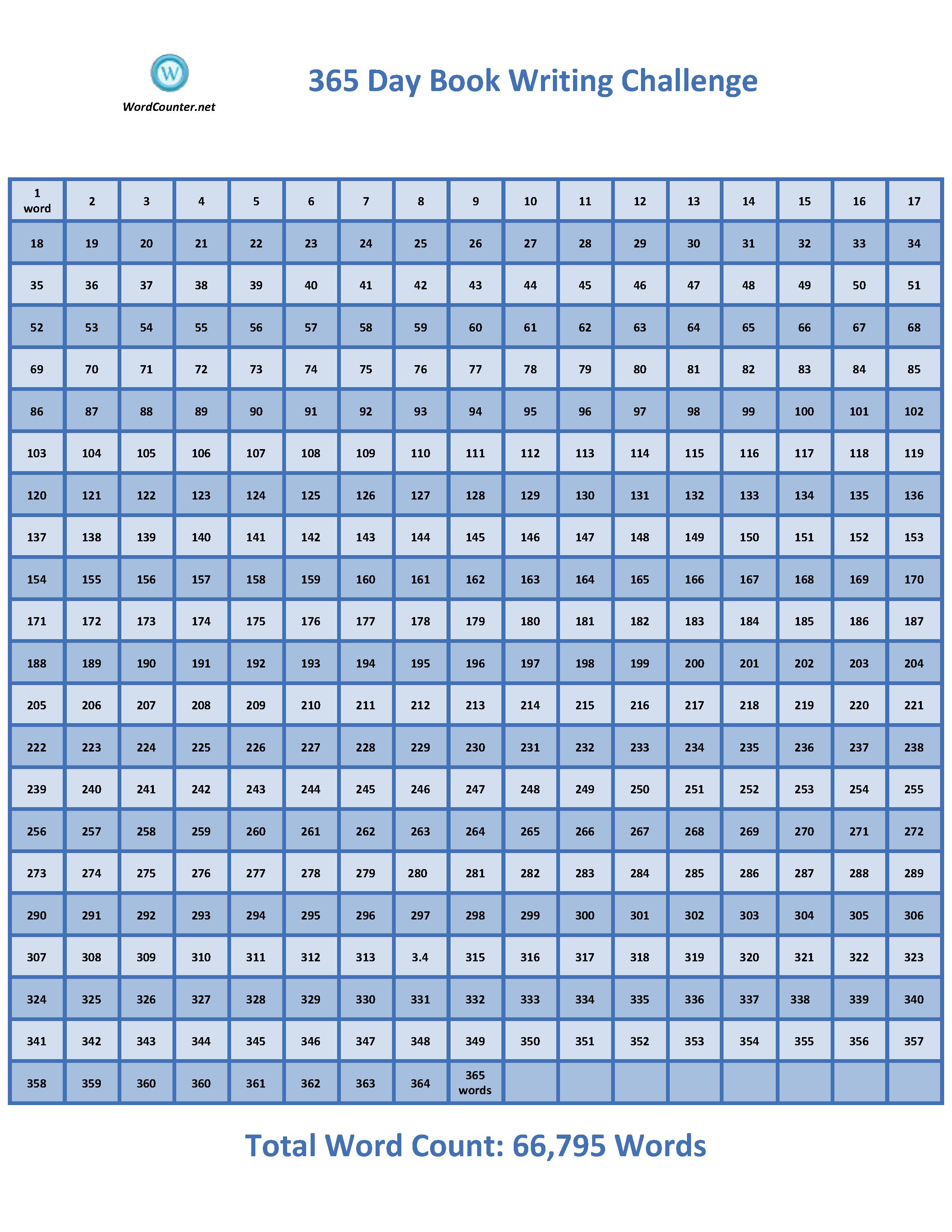How to Reduce Your Essay Word Count

When it comes to writing essays, there are two frequent issues that arise; the word count is either too low or too high for the stated range of the essay. For those who perpetually end up with too few words, you need to figure out ways to increase your essay word count. For those who frequently find themselves with too many words on the page, there are some simple steps to take when editing to help reduce the number of words while at the same time making it a stronger piece of writing. Below are some suggestions to do this.
Rank Your Arguments
If you find you’re well above your word count maximum, the first step is to rank the points you use to substantiate your argument. By ranking the importance of the arguments you make in the essay, you can eliminate ones which aren’t as important as others, keeping the essay strong while removing large portions of writing. If you don’t want to eliminate any of the points, you can still reduce word count by mentioning all the arguments, but not writing as much detail about those not as strong as the more important points.
Focus on the Main Point
Once you determine what the important arguments are for your essay, read through it looking for any paragraphs or sentences which fail to address your main argument(s) or topic. It’s easy to accidentally go off on tangents when writing, and eliminating these tangents can help reduce word count. The more focused you can remain on your topic and arguments, the more concise your writing will be.
Use the Best Verb
This may sound obvious, but a lot of writers don’t do this well. When writing, always use the perfect verb rather than one that’s close, but not perfect. When you use the best verb possible, it will reduce the amount of writing you do in most cases. This is due to the fact that when you use a verb that’s not quite correct, you usually need to add more words to clarify your meaning. Here’s an example:
“They beat the opposing team by a lot of points.”
While “beat” is accurate in this case, it’s not the perfect verb because they not only beat the team, they beat the team by a lot. Using the better verb “trounce” in this instant will reduce the word count while still giving the same meaning as the longer sentence.
“They trounced the opposing team.”
Remove Adverbs
Look through your essay and see if you find any adverbs, especially adverbs which have “ly” endings. In many instances, these adverbs end up being filler words which end up being placed in the writing because it’s the way we talk, but the words don’t add anything beneficial to the actual essay. Go through the essay and ask if each one is needed and remove those that aren’t. Some words you may want to look out for are (click on image to expand to see better)
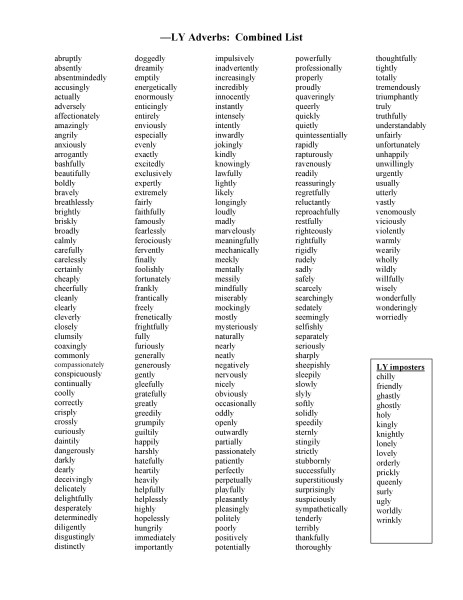
Remove Adjectives
Much in the same way as adverbs make their way into writing, multiple adjectives are used when one (or none at all) would suffice. Read the essay to see if all of the adjectives used are needed, and remove those which don’t add to the meaning of the sentence being written. Some common adjectives to look for are:
able, bad, big, different, early, first, few, good, great, high, important, large, last, little, long, new, next, old, other, own, public, right, same, small, young
(Photo courtesy of Matt Hampel)

